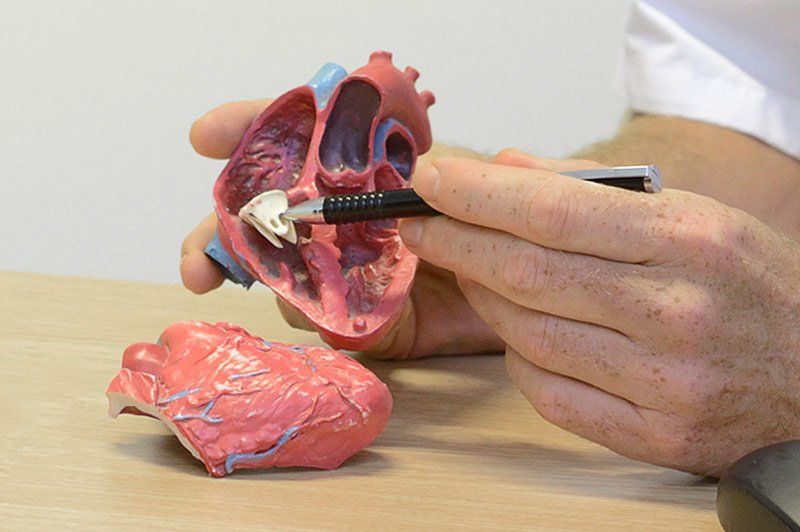Page 6738
Sep 15, 2020
Venus Life Is Still A Longshot
Posted by Bruce Dorminey in categories: alien life, evolution
Venus is suddenly a new hotspot for astrobiology, but its real value may be in what it teaches us about the evolution of life on our own planet.

#aubreydegrey #ageing #ucaststudios #thetalkspot
The Talk Spot is an interview show where we have guests from all backgrounds on. This episode features returning guest Aubrey de Grey.
Sep 14, 2020
General Atomics unveils ‘ultra-long endurance’ replacement for MQ-9 Reaper
Posted by Quinn Sena in categories: military, robotics/AI, surveillance
General Atomics Aeronautical Systems has unveiled a rendering of its next-generation intelligence, surveillance and reconnaissance and strike unmanned air vehicle as a proposed replacement of the US Air Force’s MQ-9A Reaper.
Sep 14, 2020
Nvidia will keep ARM licensing “neutral,” wants to license GPU tech, too
Posted by Derick Lee in category: computing
Sep 14, 2020
Quantum startup CEO suggests we are only five years away from a quantum desktop computer
Posted by Quinn Sena in categories: computing, quantum physics
Today at TechCrunch Disrupt 2020, leaders from three quantum computing startups joined TechCrunch editor Frederic Lardinois to discuss the future of the technology. IonQ CEO and president Peter Chapman suggested we could be as little as five years away from a desktop quantum computer, but not everyone agreed on that optimistic timeline.
“I think within the next several years, five years or so, you’ll start to see [desktop quantum machines]. Our goal is to get to a rack-mounted quantum computer,” Chapman said.
But that seemed a tad optimistic to Alan Baratz, CEO at D-Wave Systems. He says that when it comes to developing the super-conducting technology that his company is building, it requires a special kind of rather large quantum refrigeration unit called a dilution fridge, and that unit would make a five-year goal of having a desktop quantum PC highly unlikely.
Sep 14, 2020
Army COVID-19 vaccine may produce a side benefit: Cure for the common cold
Posted by Quinn Sena in category: biotech/medical
Walter Reed researchers say based on what they’ve learned about COVID so far, you need to get a flu shot.
Scientists leading the Army’s coronavirus vaccine effort say this year’s flu shot is critical because they do not yet know whether getting the flu will make it likelier someone catches COVID-19.
Sep 14, 2020
New Map Charts Genetic Expression Across Tissue Types, Sexes
Posted by Xavier Rosseel in categories: biotech/medical, genetics, life extension, neuroscience, sex
From the data, the GTEx team could identify the relationship between specific genes and a type of regulatory DNA called expression quantitative trait loci, or eQTL. At least one eQTL regulates almost every human gene, and each eQTL can regulate more than one gene, influencing expression, GTEx member and human geneticist Kristin Ardlie of the Broad Institute tells Science.
Another major takeaway from the analyses was that sex affected gene expression in almost all of the tissue types, from heart to lung to brain cells. “The vast majority of biology is shared by males and females,” yet the gene expression differences are vast and might explain differences in disease progression, GTEx study coauthor Barbara Stranger of Northwestern University’s Feinberg School of Medicine tells Science. “In the future, this knowledge may contribute to personalized medicine, where we consider biological sex as one of the relevant components of an individual’s characteristics,” she says in a statement issued by the Centre for Genome Regulation in Barcelona, where some of the researchers who participated in the GTEx project work.
Another of the studies bolsters the association between telomere length, ancestry, and aging. Telomere length is typically measured in blood cells; GTEx researchers examined it in 23 different tissue types and found blood is indeed a good proxy for overall length in other tissues. The team also showed that, as previously reported, shorter telomeres were associated with aging and longer ones were found in people of African ancestry. But not all earlier results held; the authors didn’t see a pattern of longer telomeres in females or constantly shorter telomeres across the tissues of smokers as previous studies had.
Continue reading “New Map Charts Genetic Expression Across Tissue Types, Sexes” »
Sep 14, 2020
Ultra-fast 3D bioprinter makes body parts in a flash
Posted by Shailesh Prasad in categories: 3D printing, bioprinting, biotech/medical
Volumetric Bioprinting
Recreating human body parts using a 3D printer. This is possible in the Netherlands with the new bioprinter developed by Utrecht University and UMC Utrecht. This printer can be used to make models of organs or bones, amongst other things. These printed models can be made up of living cells on which medication can be tested, for instance.
Conventional 3D printers work by stacking plastic layers on top of each other. This build-up of layers creates a three-dimensional figure. There are already countless possibilities with these standard 3D printers. Science has been looking for years at how this technique can be applied across different areas.
Continue reading “Ultra-fast 3D bioprinter makes body parts in a flash” »
Sep 14, 2020
Playing with Realistic Neural Talking Head Models
Posted by Saúl Morales Rodriguéz in categories: information science, robotics/AI
Researchers at the Samsung AI Center in Moscow (Russia) have recently presented interesting work called Living portraits: they made Mona Lisa and other subjects of photos and art alive using video of real people. They presented a framework for meta-learning of adversarial generative models called “Few-Shot Adversarial Learning”.
You can read more about details in the original paper.
Here we review this great implementation of the algorithm in PyTorch. The author of this implementation is Vincent Thévenin — research worker in De Vinci Innovation Center.

















